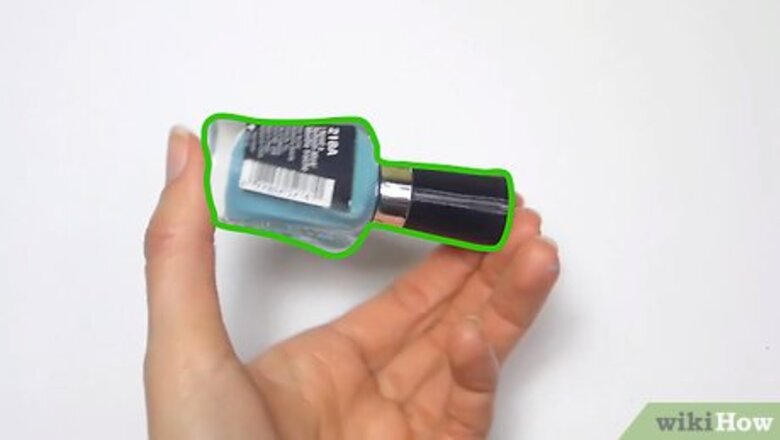
views
Using Quick, Temporary Fixes
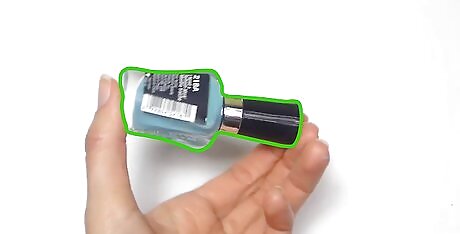
Turn the bottle upside down to blend the pigments back together. Keep flipping it upside down and right-side-up for two to three minutes.. Sometimes, this is all your nail polish needs in order to get revived.
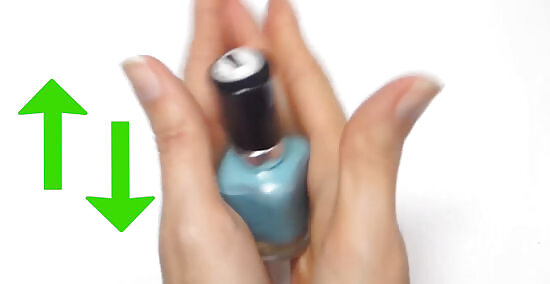
Roll the bottle between the palms of your hands for a few minutes. The warmth from your hands will create a thinner consistency and help make it easier to spread on your nails. Never shake the bottle, as this will create tiny bubbles.
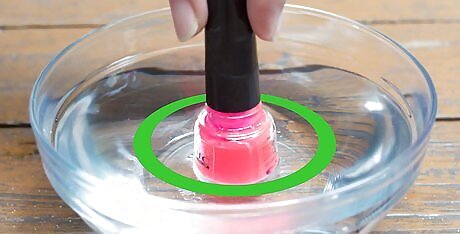
Try holding the bottle under hot water for two minutes. Make sure that the bottle is tightly closed, and hold it by the cap so that you don't burn your fingers. The hot water will warm the nail polish up and make it easier to spread on your nails.
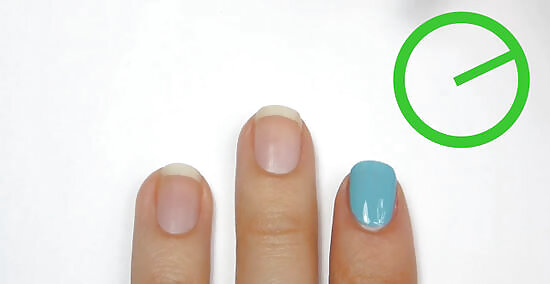
Paint one nail to test the consistency. Allow the first coat to dry before applying a second one. If the polish is too thick or clumpy, keep reading to learn what to do next.
Using Long-term Fixes
Open the nail polish bottle and add two to three drops of nail polish thinner. Use an eye dropper to measure out the drops. You can find nail polish thinner in most drug stores and beauty shops. If you are going to thin gel nail polish, use gel nail polish thinner. Gel nail polish has a special UV reactive makeup, so using regular nail polish thinner may prevent it from working properly.

Use acetone or nail polish remover as a last resort. Both can ruin the nail polish and cause it to crack when it dries. If you use acetone or nail polish remover, you will most likely need to toss your polish out after a few more uses. Do not use acetone or nail polish remover to thin gel nail polish.
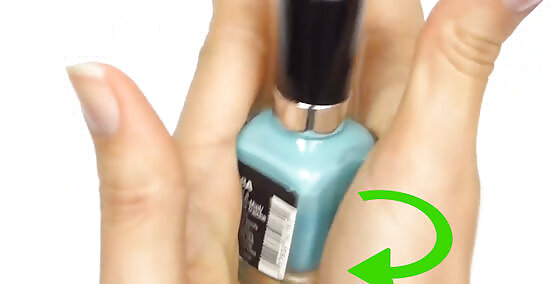
Close the bottle tightly and roll it between your palms to mix the thinner into the polish. Do not shake the bottle, as this will create air bubbles. If the thinner is not mixing into the polish, try turning the bottle upside down a few times.
Repeat the process if necessary. If the nail polish is still thick, open the bottle and add another two to three drops. Close the bottle again, and roll the bottle between your palms to mix the thinner into the polish.
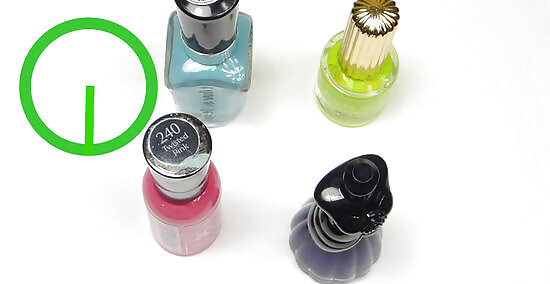
Consider letting the nail polish thinner sit in very thick polish before mixing it. If your nail polish is very thick, and you have already repeated the process a few times, try letting the thinner sit in the polish. Simply open the bottle, add two to three drops of nail polish thinner, and close the bottle. Let the bottle sit for one hour, then mix the thinner into the polish by rolling the bottle.
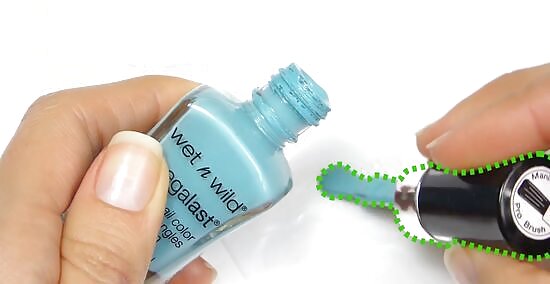
Save the brush by dipping it in acetone. Fill a glass or ceramic cup with acetone. Do not use plastic, or the acetone will melt it, and do not use a cup that you plan on drinking out of later. Dip the brush into the acetone and swish it around. The dried nail polish should dissolve and fall off. If there is any residue, you can remove it with a paper towel; do not use a cotton ball or a cotton pad. When you are done, put the cap back into the bottle. The residue acetone will help thin out the polish inside the bottle. Acetone may ruin the nail polish. It might be a good idea to do this when the bottle is almost empty.
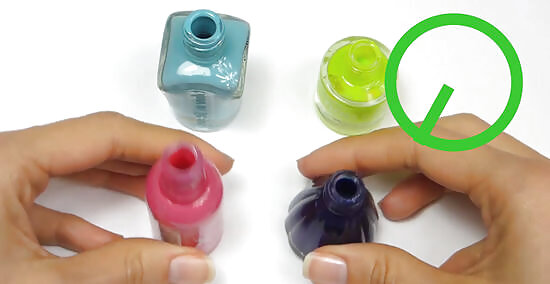
Know what to do if you made the polish too thin. If you used too much thinner and made your nail polish too thin, all you have to do is let some air back into it. Take the brush out first and clean it with some nail polish remover. Wrap the brush with some plastic wrap, and leave the nail polish bottle, opened, in a quiet spot. Check back on it after a day. The air in the room will make it thick again. Sometimes, you may need to leave the bottle open for a few days. This will depend on how hot, cold, dry, or humid the room is.
Storing Nail Polish Properly
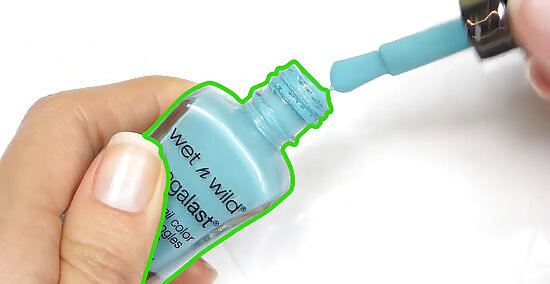
Know how to prevent your nail polish from drying out or becoming clumpy. Nail polish will eventually expire on its own, but there are a few things you can do to make it last longer. This section will give you some tips on how to properly take care of your nail polish so that it does not dry out again as fast.
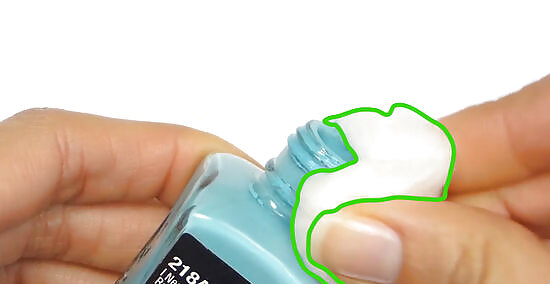
Wipe the neck of the nail polish bottle with a cotton ball soaked in acetone before closing it. This will remove any excess polish. If you don't do this, the polish may dry on the neck and make the bottle difficult to close. This will cause air to get trapped inside the bottle, which will make the polish dry out faster.
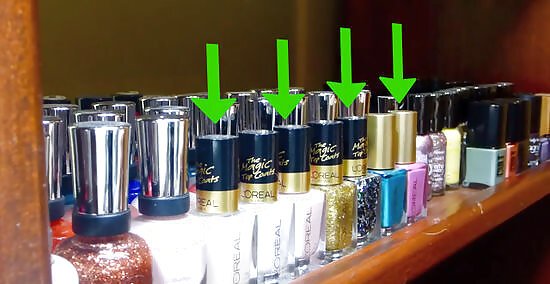
Store the nail polish in a cool, dry place. Do not keep it in the bathroom; the temperature changes too much, too often. Instead, try keeping nail polish in your desk drawer instead. Use caution if storing it in the refrigerator door. The cold climate may help the polish last longer, but it is also a closed-in space. If the polish breaks in the fridge, you may have a potential fire hazard due to the fumes.
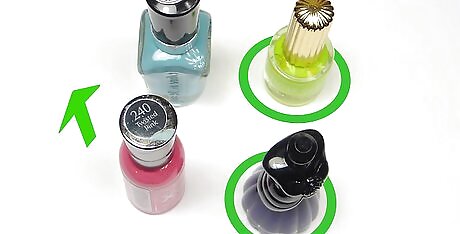
Keep the bottles upright and don't leave them on their sides. When storing your polish, it is important to leave the bottles standing upright. Leaving them on their sides will cause the polish to flow into the neck. This may cause the polish to dry and make the bottle harder to open.
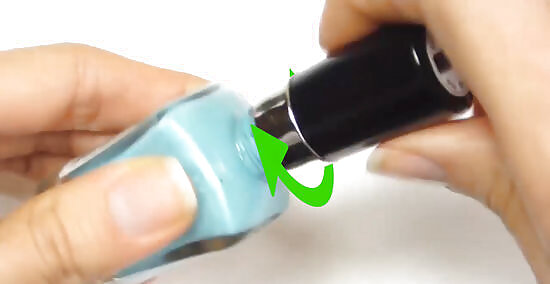
Always close the polish as soon as you are done using it. Do not leave it open while you are waiting for your manicure to dry. Nail polish dries when air touches it, so the less contact your polish has with air, the better.




















Comments
0 comment